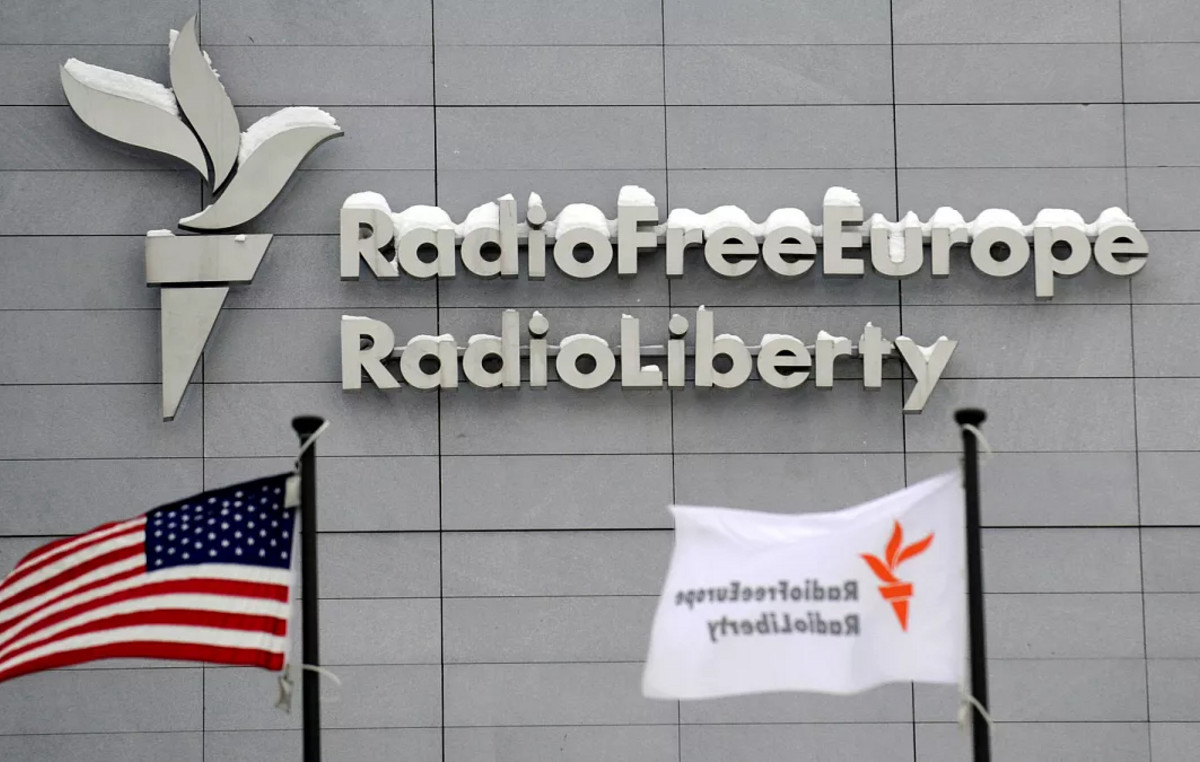- The DXY started the week with slight gains.
- All eyes are on Wednesday's FOMC meeting.
- No relevant reports were published on Monday.
He US Dollar Index (DXY) is trading at 103.55 on Monday, reflecting slight gains. The rise in US Treasury yields also contributed to the favorable start to the week. All eyes are now on the decision of the Federal Reserve (Fed) on Wednesday and the update of economic projections.
The US economy is at a crucial juncture as inflation remains persistent while weak labor market data appears to be balancing investor expectations about the Fed's timeline for starting the easing cycle. At the moment, the first cut is scheduled for June.
Daily Market Moves Summary: DXY Rises on Calm Monday Thanks to Rising US Treasury Yields
- The Federal Reserve is expected to exercise patience before easing policy, given that there appear to be signs that the rise of US inflation is slowing.
- Markets are currently forecasting a 65% chance of a rate cut in June, with a full rate cut already in projections for the July meeting.
- The updated charts will provide the markets with additional guidance.
- Despite Powell's recent dovish testimony, most Fed officials remain cautious about premature monetary easing.
- US Treasury yields are rising, with figures trading at 4.75% for the 2-year yield, 4.35% for the 5-year yield, and 4.33% for the 10-year yield. .
DXY Technical Analysis: DXY faces a bearish bias, although it still suggests a glimmer of hope
US Dollar FAQ
What is the US Dollar?
The United States Dollar (USD) is the official currency of the United States of America, and the “de facto” currency of a significant number of other countries where it is in circulation alongside local banknotes. According to 2022 data, it is the most traded currency in the world, with more than 88% of all global currency exchange operations, equivalent to an average of $6.6 trillion in daily transactions.
After World War II, the USD took over from the pound sterling as the world's reserve currency.
How do the decisions of the Federal Reserve affect the Dollar?
The single most important factor influencing the value of the US Dollar is monetary policy, which is determined by the Federal Reserve (Fed). The Fed has two mandates: achieve price stability (control inflation) and promote full employment. Your main tool to achieve these two objectives is to adjust interest rates.
When prices rise too quickly and inflation exceeds the 2% target set by the Fed, the Fed raises rates, which favors the price of the dollar. When Inflation falls below 2% or the unemployment rate is too high, the Fed can lower interest rates, which weighs on the Dollar.
What is Quantitative Easing and how does it influence the Dollar?
In extreme situations, the Federal Reserve can also print more dollars and enact quantitative easing (QE). QE is the process by which the Fed substantially increases the flow of credit into a clogged financial system. This is an unconventional policy measure used when credit has dried up because banks do not lend to each other (for fear of counterparty default). It is a last resort when a simple lowering of interest rates is unlikely to achieve the necessary result. It was the Fed's weapon of choice to combat the credit crunch that occurred during the Great Financial Crisis of 2008. It involves the Fed printing more dollars and using them to buy US government bonds, primarily from financial institutions. QE usually leads to a weakening of the US Dollar.
What is quantitative tightening and how does it influence the US dollar?
Quantitative tightening (QT) is the reverse process by which the Federal Reserve stops purchasing bonds from financial institutions and does not reinvest the principal of maturing portfolio securities in new purchases. It is usually positive for the US dollar.
Source: Fx Street
I am Joshua Winder, a senior-level journalist and editor at World Stock Market. I specialize in covering news related to the stock market and economic trends. With more than 8 years of experience in this field, I have become an expert in financial reporting.







